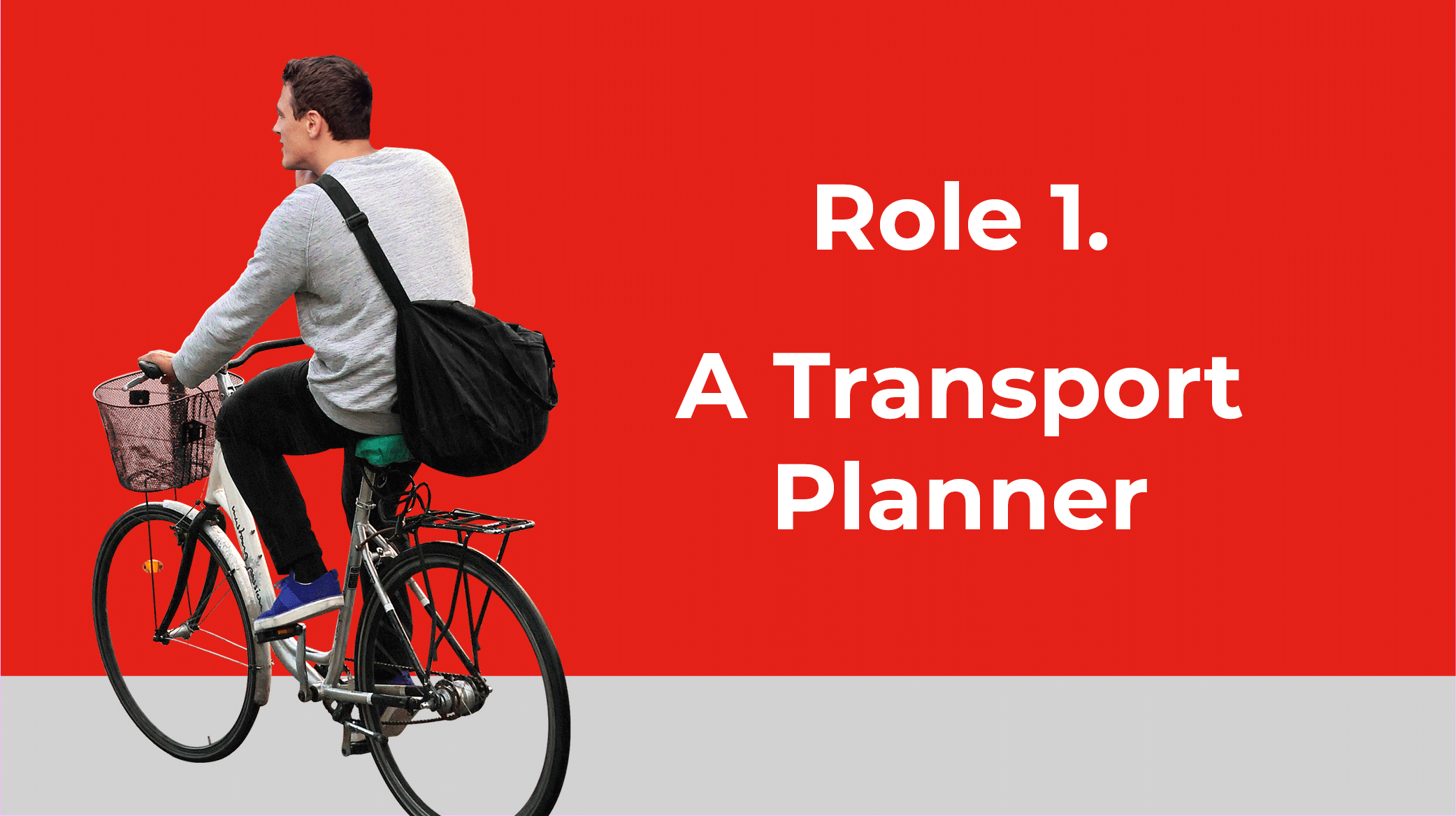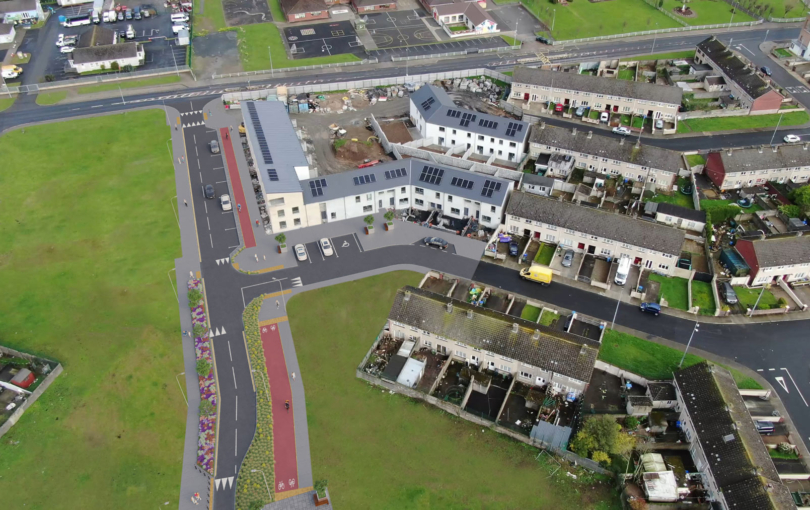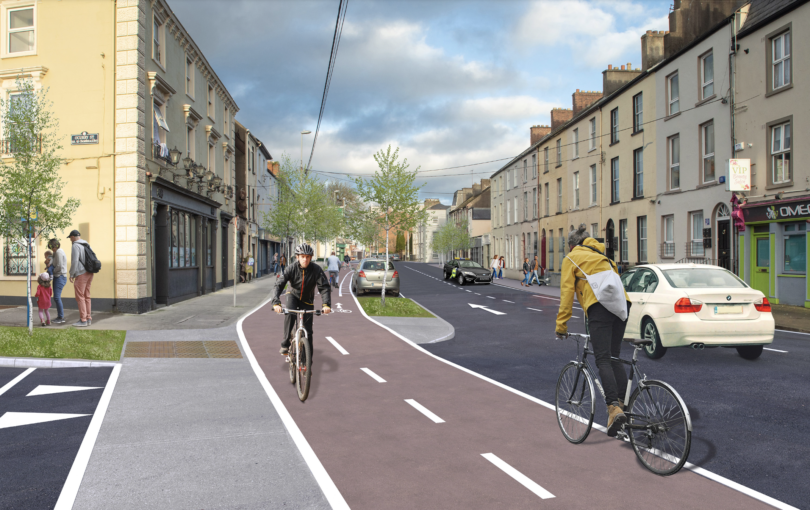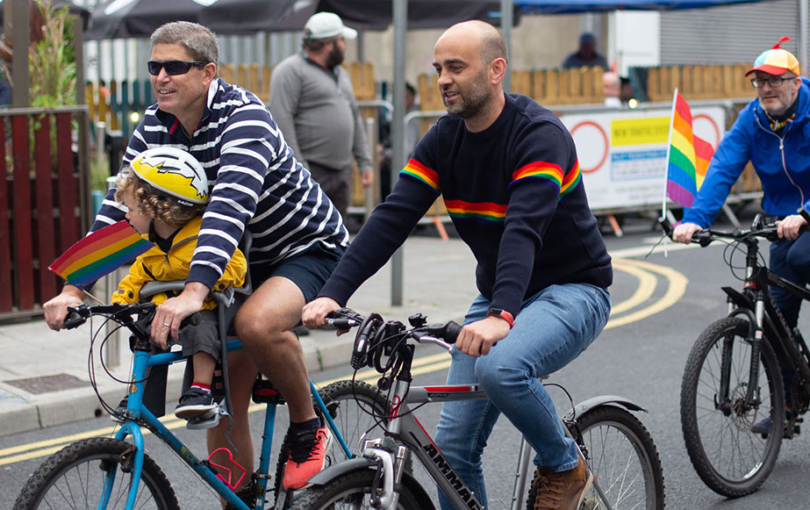Limerick Council is currently filling 25 roles as part of a new Active Travel Unit. This is very good news and it has the potential to be transformative for the city and county, however, it is vital the 25 roles combine to make up a diverse multidisciplinary team that is equipped to deliver in the short and medium term .
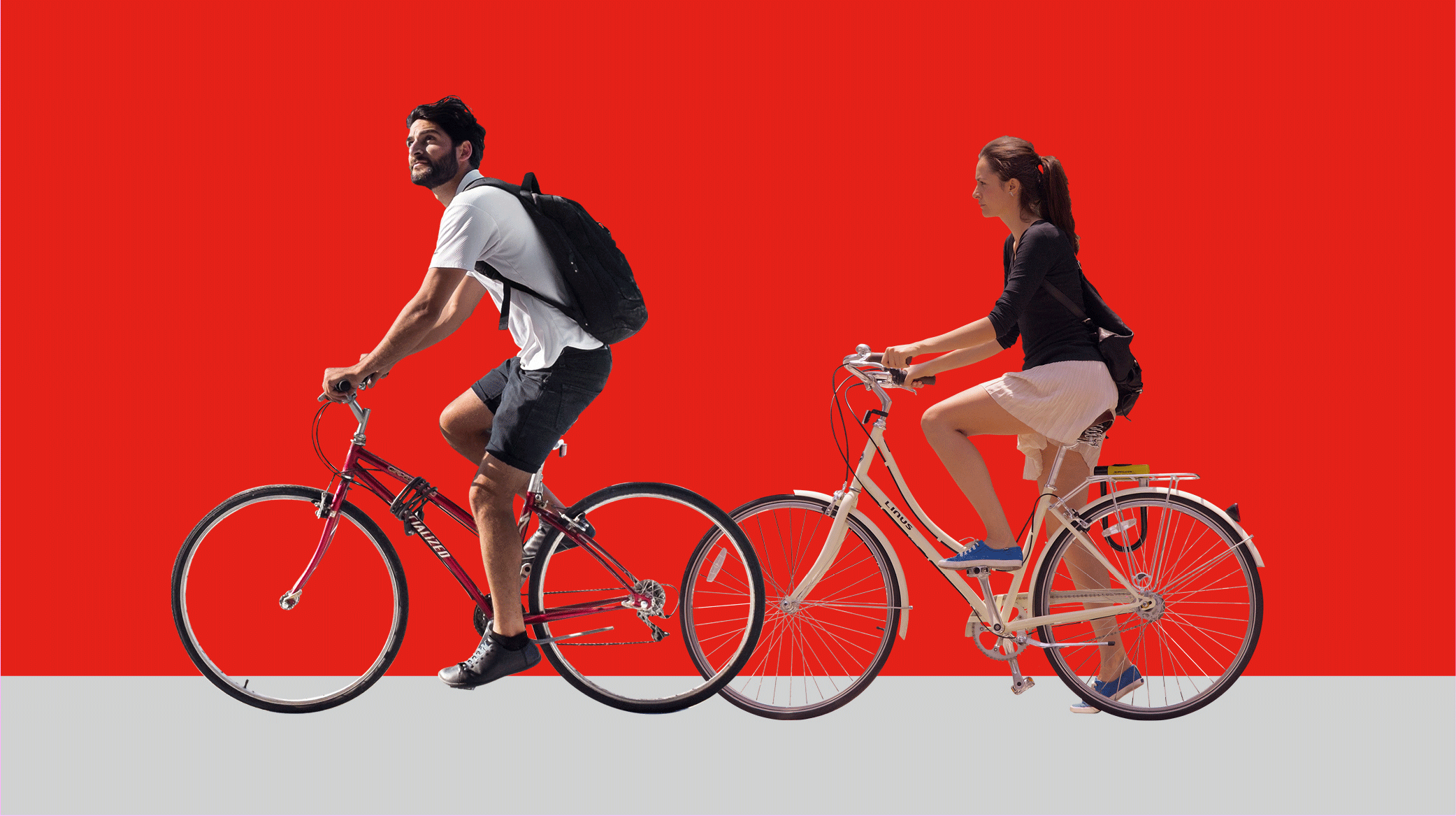
Currently, there are no positions within the active travel unit for or a Transport Planner with expertise delivering sustainable transport networks or a Gender Equality Specialist with expertise in assessing and delivering inclusive infrastructure. This is a concern.
This is Limerick Cycling Campaigns submission to the Active Travel Unit supporting the creation of a Transport Planner Role and a Gender Equality Specialist Role
The Limerick Cycling Campaign warmly welcomed the Minister for Transports announcement in January of the new active travel unit for Limerick, creating 25 new jobs in the area of transport planning and design.
This significant increase in resources represents an unprecedented opportunity to deliver a sustainable and active transport network and system across Limerick that has the potential to transform the city and county.
A key part of the minister’s approach is a focus on multidisciplinary teams bringing in a wider range of skills and viewpoints to the development of active and sustainable transport infrastructure.
As part of this Limerick Cycling Campaign is requesting the inclusion of two senior roles within the 25 roles in the Active Travel Unit:
- A Transport Planner with expertise in delivering sustainable transport projects.
- A Gender Equality Specialist
Transport Planner
Car dependency in Limerick contributes to a wide range of economic, environmental and social issues including longer commutes, declining urban centres, poor public health, social isolation, reduced air quality and noise pollution.
Limerick city reports some of the lowest numbers in the country for school trips, work commutes and general utility trips by bike. For far too long we have delivered piecemeal infrastructure that is incoherent and ineffective.
The role of a transport planner is to provide a wide overview in order to assign resources to where they will be most effective in delivering change (modal shift to sustainable transport).
Transport planners understand how cities work, they study settlement and mobility patterns,They understand the intricacies in connecting communities to popular locations of education, work, sport, commerce and play.
The most recent version of Limerick’s development plan 22-28 commits to delivering 10 minute communities, this can only be delivered through careful integration of transport planning and land use specifications.
As we anticipate the publication of the Limerick transport strategy (LSMATS) it is vital that we engage a senior transport planner to oversee the strategy delivery in order to prioritise projects that will create significant change in the short and medium terms in order to get a maximum return on investment and meet legally binding carbon reductions targets.
A transport planner will bring coherence and logic to the delivery of LSMATS infrastructure projects.
A Transport Planner’s Work Activities
- Designing and interpreting transport and travel surveys
- Writing clear reports and present options and recommendations on transport systems to clients
- Using statistical analysis to examine travel data or accident records
- Using mathematical and computer simulation models to forecast the effects of road improvements, policy changes and/or public transport schemes
- Evaluating the benefits and costs of different strategies
- Participating in public consultation initiatives, including designing leaflets or questionnaires and attending scheme exhibitions
- Assessing infrastructure requirements (access, car parking, bus stops, cycle parking, etc) of new developments to support planning applications or to inform local authority development plans
- Developing initial design ideas for new or improved transport infrastructure, e.g. junction improvements or pedestrian priority schemes
- Liaising and negotiating with different parties, e.g. planning and transport authorities, residents’ groups, councillors and politicians, Advocacy groups, developers and transport providers
- Acting as an expert witness at public inquiries and planning appeals
- Writing bids for the funding of projects.
A Road Engineer’s Work Activities
- Developing solutions to problems.
- Drawing up designs, technical diagrams and writing reports.
- Ensuring air and noise pollution created by transport systems is minimised.
- Supervising builds.
- Consulting with technicians, surveyors, engineers, and other team members.
- Ensuring projects uphold safety procedures.
- Analysing current improvements.
Road engineers play an integral part in the delivery of active and sustainable transport infrastructure; A dedicated transport planner supports these roles by providing an overarching viewpoint that ensures what is delivered meets the needs of the community.
Our climate responsibilities mean we must implement strategies that will deliver a 50% reduction in carbon by 2030 and full carbon neutral by 2050. A transport planner is needed to ensure that infrastructure delivered is done so from a viewpoint that sees the full picture, that meets our climate responsibilities, that will deliver a safe and segregated cycle network, and will empower roads engineers who are rightly focused on delivering the individual project that will meet these goals.
Without this big picture view we face the danger of developing projects that don’t link together in a safe and meaningful network. As we have seen from projects such as Parnell St the piecemeal approach isn’t delivering for any road user. A dedicated transport planner role will ensure that mistakes like this are avoided and efficiencies are found.
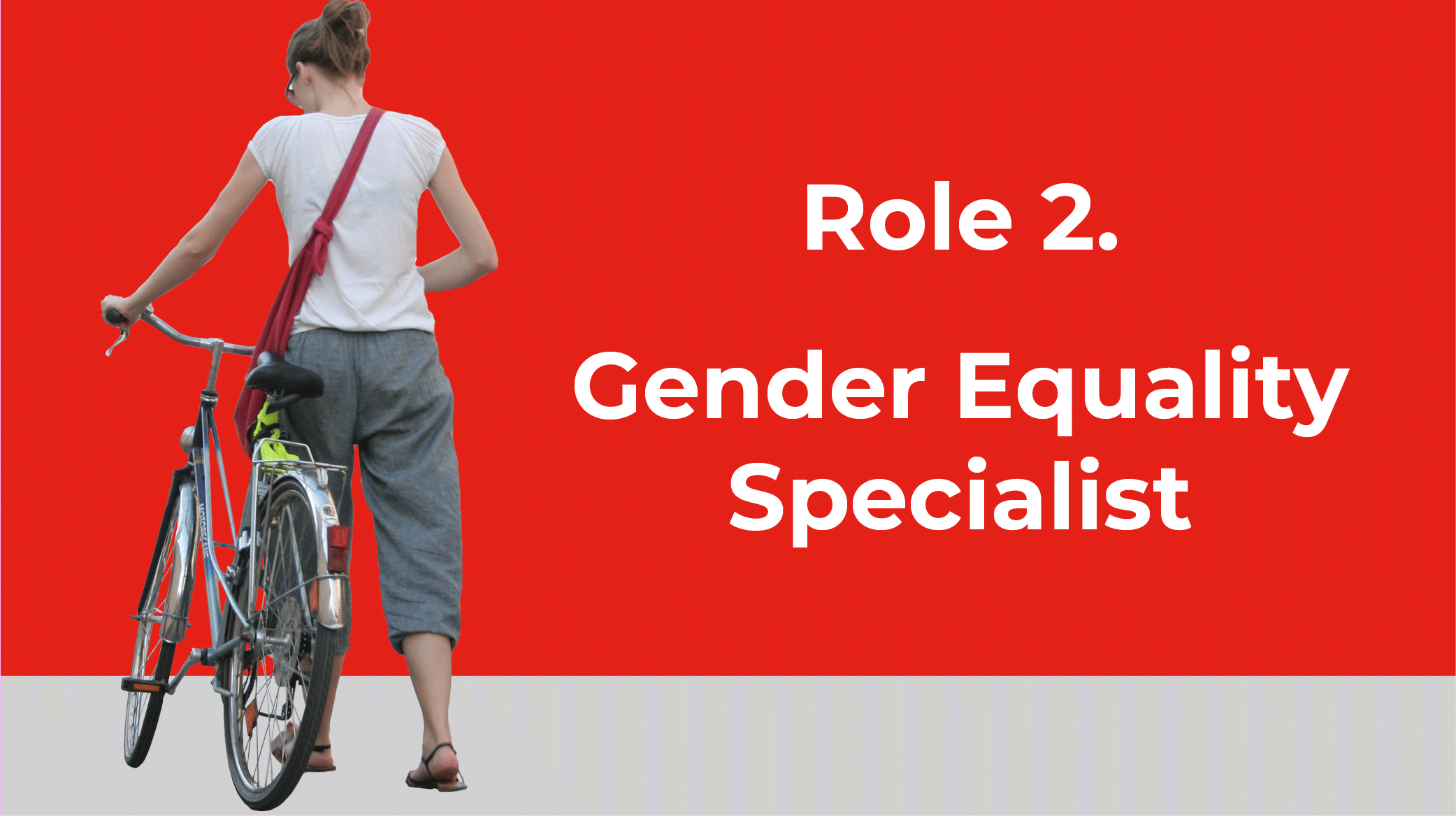
Gender Equality Specialist
In their 2020 report ‘Travelling in a Woman’s Shoes’, Transport Infrastructure Ireland (TII) found that transport is often seen as gender-neutral, providing benefits to all equally, however, women and men can have different needs, constraints and expectations for using transport. It is in this context that the Limerick Cycling Campaign recommends that one of the newly created roles is ring-fenced for a gender equality specialist, a candidate with expertise in equality, transport accessibility and specifically how transport decisions affect women (but also children, persons with a disability, ethnic minority groups, under-served communities and older people).
A gender equality specialist would operate at all levels, together with identified personnel in the new Limerick active travel regional office, conceptualising, engaging, designing and implementing active travel measures that consider gender, ethnicity and socio-economic needs. Limerick’s active travel unit would benefit from a professional experience in identifying entrenched gender norms, and how they are manifested in the physical design of our streets and spaces and how that differs for women. As Caroline Criado Perez points out in her book Invisible Women — the hidden gender bias in transport decision-making stems from the lack of data we collect on women. Not collecting data on women’s travel patterns, therefore, tells an incomplete story. In terms of safety, it is vital to consider how hostile environments (where they exist or it is perceived they exist) feed into a firmly held view that the streets in many of our towns and cities are unsafe. This role is for a specialist in gender equality practice and gender power structures and how and why they manifest in our built environment, preventing more women cycling.
In Vienna, gender perspectives already form part of city and transport planning, allowing women’s voices to be heard in terms of how the city is designed. Before a project begins, data is collected to determine how different groups of people will be impacted by the project including women, a step that improves project outcomes for all. Examples of its implementation include schoolyard design that ensures girls and boys enjoy yard space, gender-sensitive traffic planning, public lighting and roads and path design. Areas of the city have been designed to allow convenient access for women to the essential services they are statistically more likely to access, e.g., childcare, medical centres, schools and parks.
Equality and equity
Central to work on equal opportunities is understanding and being aware of inherent equality and equity issues. Spatial and social segregation remains a persistent and unresolved issue throughout Limerick; largely based on socio-economic conditions, social determinants of health, gender and ethnicity. Where we live, how we learn, how we meet and build relationships, how we make money and what we spend it on are all impacted by our transport patterns. Transport and the means by which we move from home to work, to school, for leisure, to medical appointments, for child care, affects us all, but in particular women and under-served communities.
A central task for the gender equality specialist is to analyse how power relations influence decision-making processes in general and public space in particular. One way to target these questions is called the gendered landscape (a term developed in 2009 by the Swedish Gender Equality Strategist Helene Brewer), where transformation of areas within the city is analysed from a human rights perspective on the basis of different groups perceptions and experiences of a public place. Fewer women cycle to work due to safety concerns as well as the fact that they are often accompanying children – for whom our cities are not equipped with appropriate safety infrastructure – certainly the case in Limerick. We need a specialist in this team to promote an improved understanding of power relations for different vulnerable road users- primarily to create coherence throughout the design and planning process.
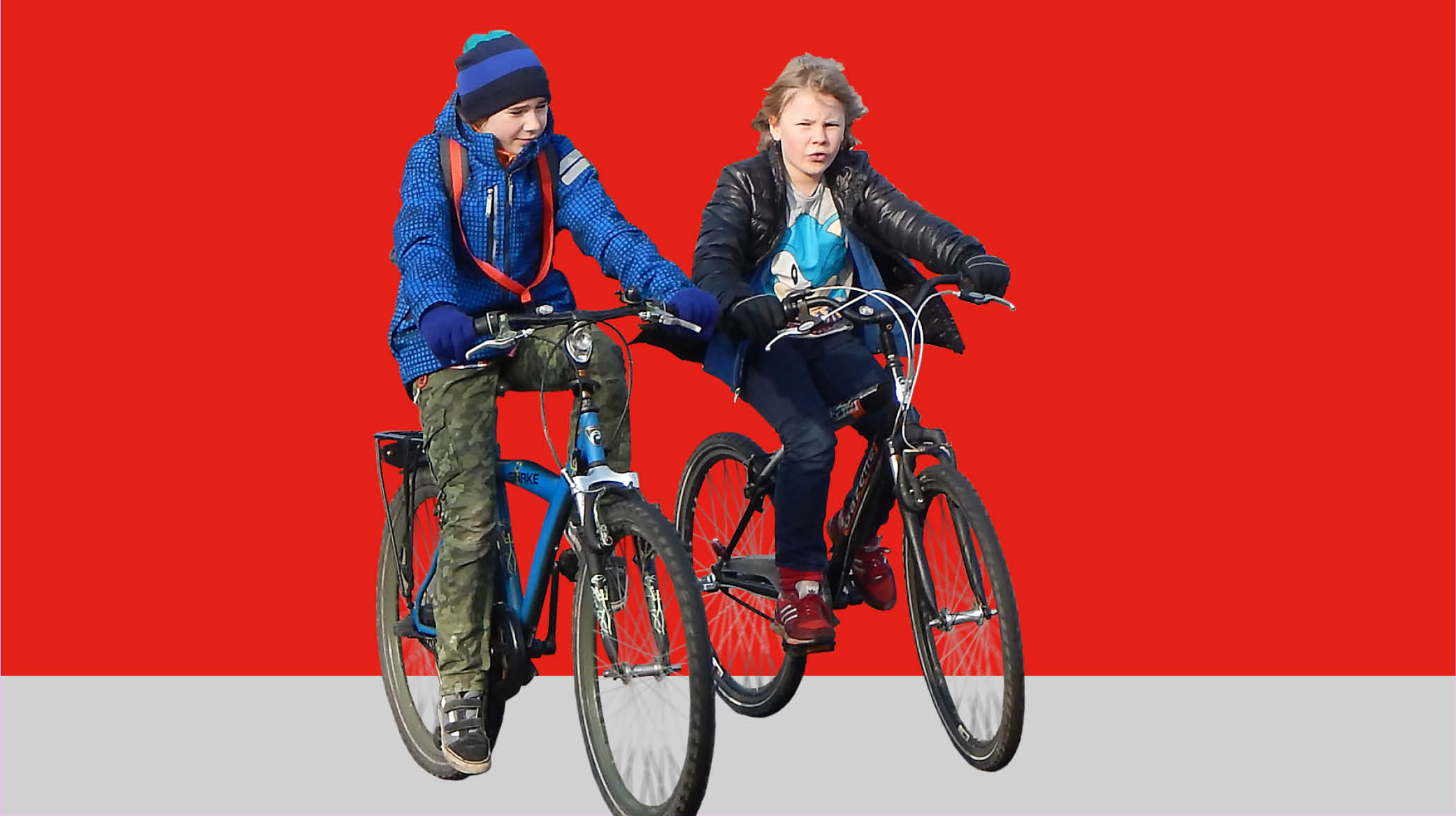
Child-friendly cities – through gender equality
Cycling infrastructure that is based on a feminist approach is progressive and diverse and representative of all cyclists, but in particular children as women assist with the majority of children’s trips to school, after-school activities, training, etc. Supporting our children to play and move independently and safely in our urban and rural spaces means making visible the good things that happen when children are given a degree of freedom and a taste of adventure, whether in their local playground or when getting around their neighbourhood. One really good example of this in Limerick is the Limerick Cycle Bus that supports more than 50 people to commute to school and work each morning by bike from the northside of the city.

Freiburg, Odense and Copenhagen have been long celebrated by urbanists because of their prioritisation of walking, cycling and playable public spaces. Other less known examples of child-friendly cities include Ghent and Rotterdam. The latter has invested millions into turning some of its car-dominated neighbourhoods around. Other cities such as Tirana (Albania) and Recife (Brazil) are testament to the fact that effective urban planning isn’t dependent on wealth. Both cities have notable social and economic challenges but both mayors have made child-friendly urban planning central to their mission of transforming their cities. In Recife, for example, Mayor Geraldo Julio made early childhood a defining theme – and central to his vision is making the physical fabric of the city work better for families.
Employing women
It should be emphasized that local authorities that promote gender equality and collection of gender-specific data and open up employment opportunities within its planning and decision-making executive specifically looking at issues through a gender lens will attract more women to work in that area. Currently, the share of women that work in the area of transport throughout the EU is at 22%, whilst the female workforce represents 46% within the EU.
Some of the benefits of having more women employed in transport planning and design are;
- Improved vacancy coverage
- Better talent attraction and retention
- Improved public image
- Increased client satisfaction
- Improved decision making, creativity and innovation
- Better working conditions
(European Commission 2018).
Limerick Cycling Campaign calls on the active travel unit to look at routes, streets, speed and time of travel and patterns through a gender lens. Which streets are not used, what routes women take, where are women travelling to, does journey length matter if the lighting is better on a longer route? 55% of journeys by bike in the Netherlands are made by women – we have some way to go and we must make this issue a priority within the cycling community.
What is the added value of designing cities for women? Travelling in a Woman’s Shoes finds that studying and designing for women’s mobility compels us to step out of our comfort zone of traditional transport policy-making and planning. It requires us to confront a level of discomfort or scepticism, increasing our collective and personal gender awareness. Put simply we need to listen differently to excluded groups, of which women and children form a large part.
In Ireland, we see interventions to get women cycling have mostly focused on building confidence and approaching the problem from what is considered a ‘soft approach’, however cycling advocates believe that without infrastructure enabling safe journeys, the numbers of women cycling (as well as children) will remain unacceptably low. When the environment isn’t safe and is ultimately designed for men by men, figures will remain unacceptably low. Therefore, the Limerick Cycling Campaign is advocating that the recruitment of a specialist in this area is urgent and pivotal within the development of the new active travel unit.
